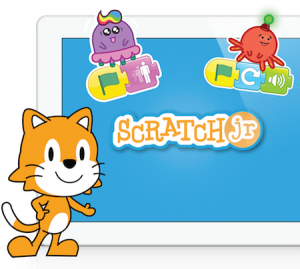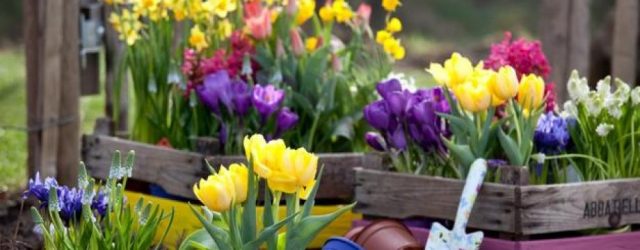Term 3:
Big Ideas:
- Repeating elements in patterns can be identified.
- Objects and shapes have attributes that can be described, measured, and compared.
What learning may look like:

- Reviewing counting and sorting of objects
- Practicing mental math (addition/subtraction) strategies (practicing speed of recall)
- Exploring and creating repeating patterns with multiple elements and attributes
- Graphing and data analysis
- Practicing measurement: direct measurement with non-standard units of measurement (i.e. paper clips, cubes)
- Exploring mass
- Exploring Geometry: 2D and 3D shapes
- Practicing Financial Literacy:
- practicing counting multiples of the same denomination (nickels, dimes, loonies, toonies)
- role playing financial exchanges and discuss “wants” vs. “needs” or spending/saving

Term 2:
Big Ideas:
- Numbers to 20 represent quantities that can be decomposed into 10s and 1s
- Addition and subtraction with numbers to 10 can be modelled concretely, pictorially, and symbolically to develop computational fluency.
In Term 2 we will continue working on:
- Number concepts. This includes:
- counting on and counting back
- skip counting by 2 and 5
- sequencing numbers to 20
- subitzing
- comparing and ordering numbers to 20
2. Ways to make 10 to improve computational fluency
3. Word problems
4. Estimation
5. Mental math strategies
6. Addition and subtraction
During Fun Math Fridays we will work on patterns and place value.
Term 1:
Big Idea:
- Numbers to 20 represent quantities that can be decomposed into 10’s and 1’s
We will focus on number sense. We will have Word Problem Wednesdays when we will only work on word problems, and Fun Math Fridays, when kids will work on patterns and measurement.
Grade 1 student s are expected to work on numbers up to 20. This includes knowing fact families, counting to 20 and back, skip counting by 2’s and 5’s, sequencing, comparing and ordering numbers to 20, and ways to make 10.
We will try to challenge all kids according to their level. 🙂
One of our goals is to make sure we do not count using fingers. 🙂
Analogies will be part of our critical thinking skills activities:

We will also work on Coding in Scratch.


